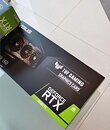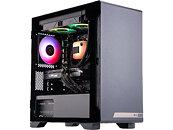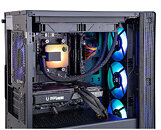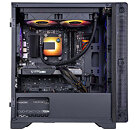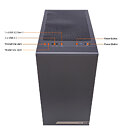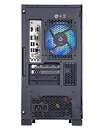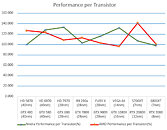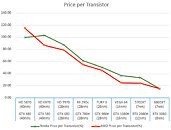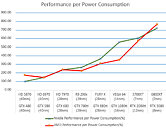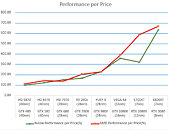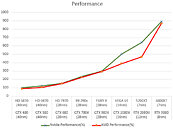
Palit Released GeForce RTX 3050 Dual and StormX Series Graphics Card
Palit Microsystems Ltd, the authorized add-in-board partner of NVIDIA, announced the GeForce RTX 3050 Dual and StormX Series graphics cards. The GeForce RTX 3050 brings the performance and efficiency of the NVIDIA Ampere architecture to more gamers than ever before and is the first 50-class desktop GPU to power the latest ray traced games at over 60 FPS. The RTX 3050 comes equipped with 2nd generation RT cores for ray tracing and 3rd generation Tensor cores for DLSS and AI. Ray tracing is the new standard in gaming and the RTX 3050 makes it more accessible than ever before.
The Palit GeForce RTX 3050 Dual Series features two 90 mm big fans for efficient cooling performance, and the large cut-through area on the back plate for optimized heat ventilation. Customizable RGB lighting is also decorated on the side of the shroud for gamers to enjoy minimalist lighting effects. The compact but powerful StormX Series is also introduced on the Palit GeForce RTX 3050 product line. The incredibly small package contains the mighty power of a full-sized graphics card. With only 17 cm in length, Palit StormX is perfect for small form factor system. Gamers can experience 100% performance as a full-sized card while saving space and enjoy the portability.
The Palit GeForce RTX 3050 Dual Series features two 90 mm big fans for efficient cooling performance, and the large cut-through area on the back plate for optimized heat ventilation. Customizable RGB lighting is also decorated on the side of the shroud for gamers to enjoy minimalist lighting effects. The compact but powerful StormX Series is also introduced on the Palit GeForce RTX 3050 product line. The incredibly small package contains the mighty power of a full-sized graphics card. With only 17 cm in length, Palit StormX is perfect for small form factor system. Gamers can experience 100% performance as a full-sized card while saving space and enjoy the portability.






















